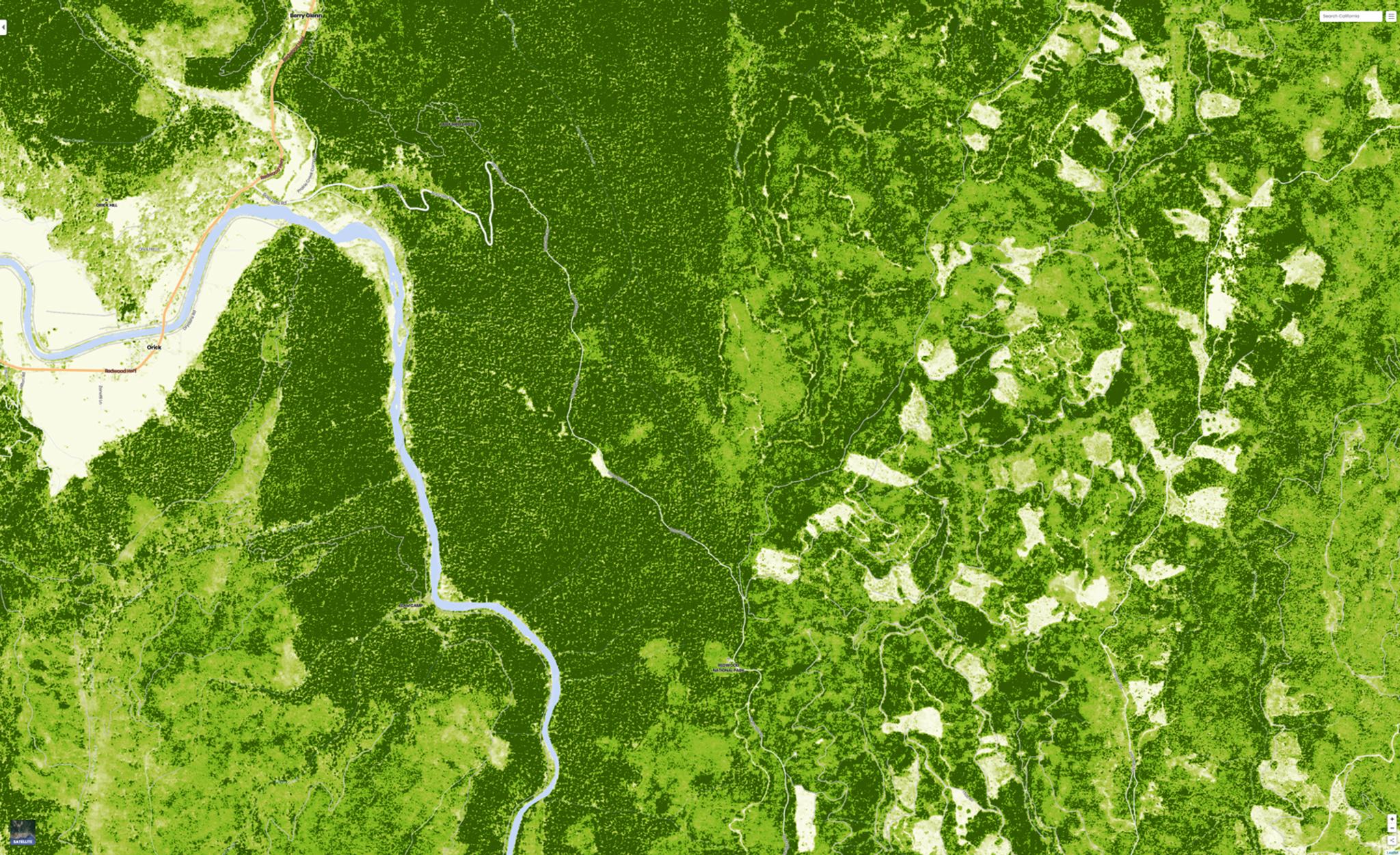California Forest Observatory Sets New Standard for Mapping Forests and Wildfire

CZU August Complex fire just north of Santa Cruz on August 20, 2020. © 2020, Planet Labs Inc. All Rights Reserved.
TechThe California Forest Observatory (CFO) is a new data-driven forest monitoring system designed to dynamically map forest structure and vegetation fuel loads at the individual tree level. This wall-to-wall, statewide data will set a new standard for how we research, plan for, and respond to wildfires in the state. Powered by a partnership between Planet, Salo Sciences and Vibrant Planet, with support from the Gordon and Betty Moore Foundation, the CFO provides unprecedented and continuously updated views of wildfire hazard and forest health for California. The tech leverages artificial intelligence, satellite imagery and airborne LiDAR to produce detailed data on vegetation fuels—including tree heights, canopy cover, density and understory ladder fuels. Combining these fuses data with weather and topography to assess wildfire hazards across the landscape. The CFO is built to support forest restoration and wildfire mitigation efforts, providing free access to current data for government, researchers and nonprofits. Up until recently, the methods for tracking and mapping wildfires and hazards have been inadequate, offering vegetation fuel maps that are static, low resolution and outdated. Government agencies, first responders, municipalities and other organizations traditionally lack the tools to proactively plan for and build long-term resilience to wildfire. [caption id="attachment_145878" align="aligncenter" width="1500"]



Ready to Get Started
Connect with a member of our Sales team. We'll help you find the right products and pricing for your needs.

